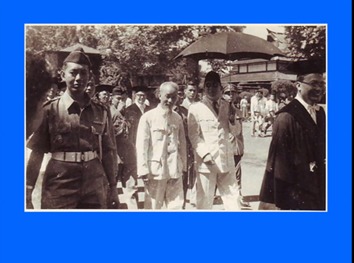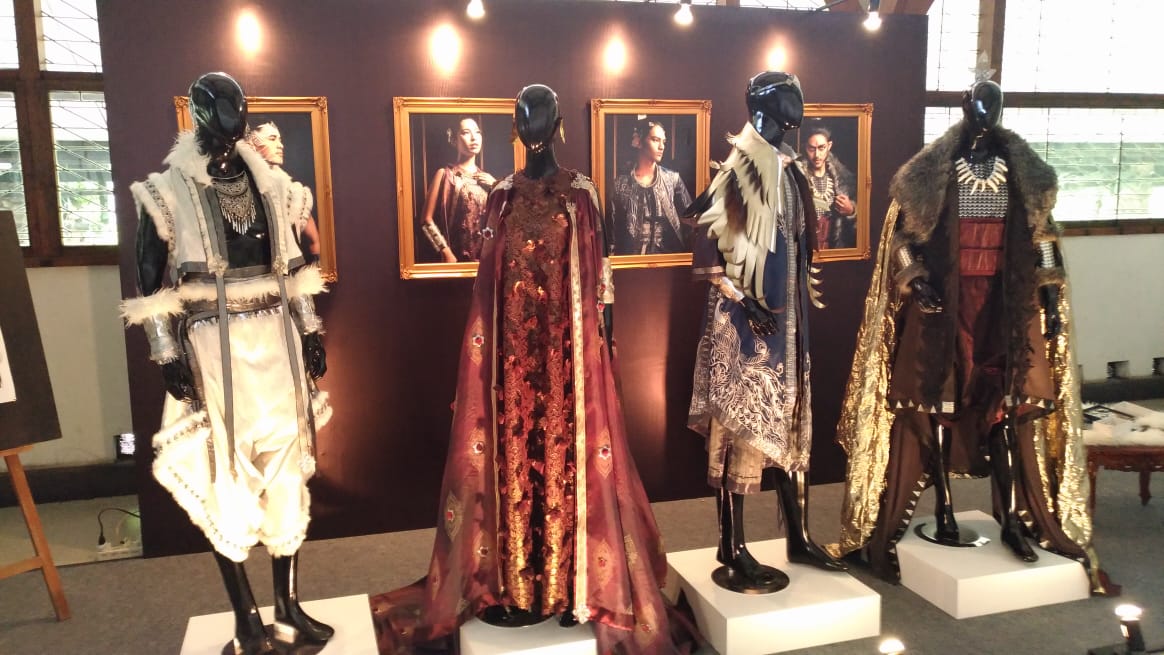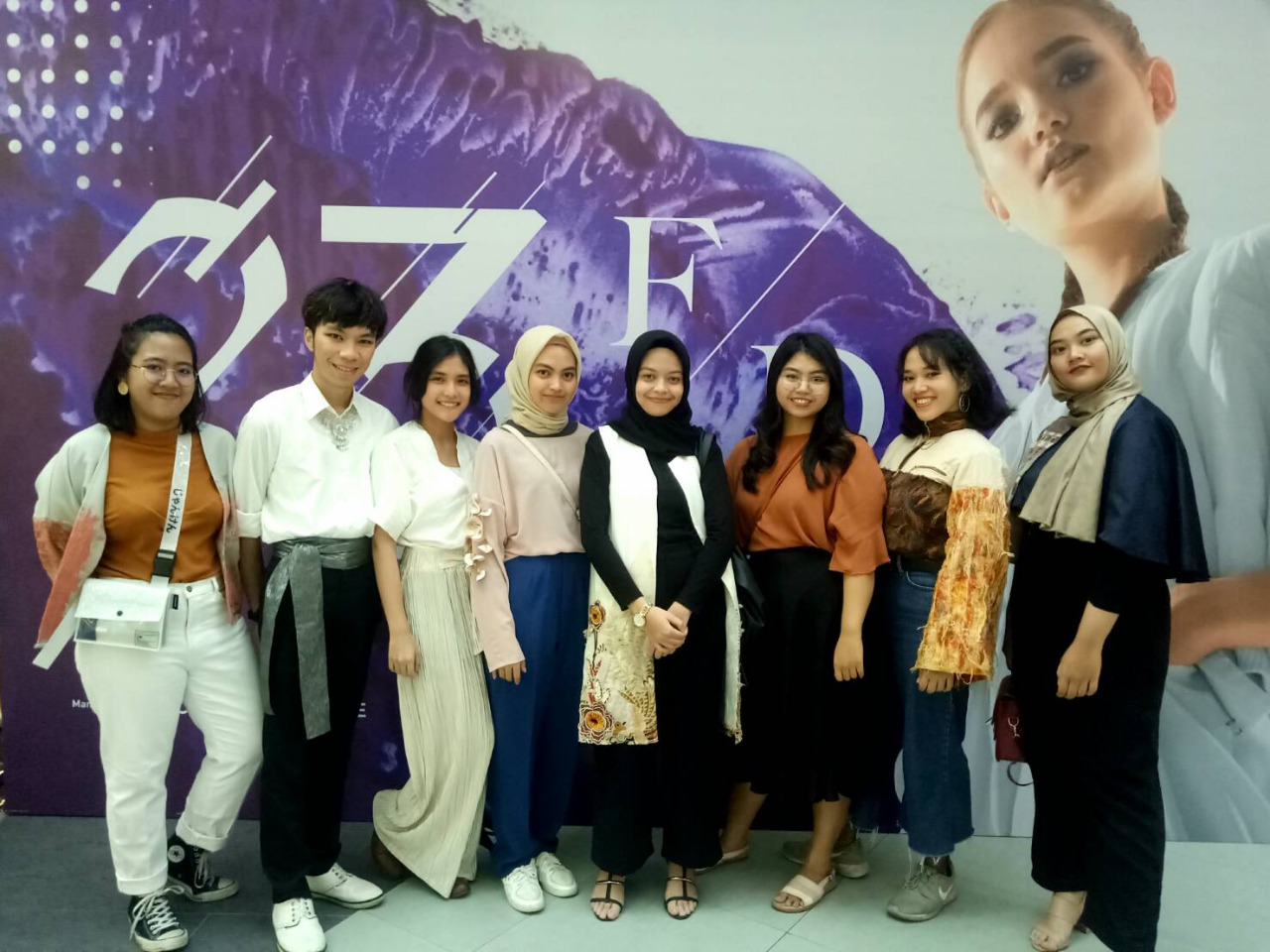Jasmerah, Tracing History and Weaving Hope at DKV ITB

BANDUNG, itb.ac.id – Never forget your history. That sentence became the inspiration for Trajecstory in a webinar called "Tracing History, Weaving Hope DKV ITB" on Friday (14/1/2022). This webinar also acted as the closing event for the Trajecstory 2022.
Trajecstory is an exhibition of Visual Communication Design (DKV ITB) academic journey in the last two years. The art that was displayed came from the students' assignments or projects from over 14 courses. The evolution of those arts was supposed to represent the development of DKV ITB teaching and curriculum from 2019 to 2021. This exhibition was also entertained by book review and history discussion events from DKV ITB.
This webinar was moderated by Dr. Riana Maslan Sihombing, M. Sn., and presented by a lecturer from DKV ITB, Triyadi Guntur W, S. Sn., M. Sn. as the keynote speaker, who is also currently working on a book about the history of DKV ITB, a retired lecturer from DKV ITB, Drs. Alfonzo Ronald Koapaha, M. Sn., the first president of IPPDIG and a graphic designer. Risman Zihary. The objective of this webinar is to show the history of DKV ITB to its students.
To write about the history of the DKV ITD study program is to look at its archive. FSRD ITB is the first art academy in Indonesia. As was said by Triyadi Guntur, "DKV is our home. To trace our long history is not an easy task because some of its living witnesses have passed away, as humans always do because we live in space and time".

The tracing of DKV ITB history has been done since 2017 through interviews with its past members and literature study. Triyadi Guntur divided the history of DKV ITB into several periods. The first period is the beginning period between 1942 and 1947 which is before the formation of modern FSRD. Simon Admiraal, who was at the time imprisoned at the Cimahi internment camp proposed an idea of the Fine Art Academy of Indonesia to other artists such as J. Hopman, Ries Mulder, Ries Mulder, and Piet Pijpers.
The second is the Dutch Period, when ITB became THS in the year 1947-1950, during the ethical policy stage. Alfonso Koapaha, M. Sn. with his students went to the Netherlands to get the work of Simon Admiraal during his life in Indonesia. Simon Admiraal didn't bring his works when he returned to the Netherlands for the first time, he then had to go back to Indonesia to collect them.
The third period is the transition period. The fourth period is the embryo of graphic design, between 1963 to 1972. The start marker of this fourth period was the Hotel Indonesia pitching event by Mochtar Apin and AD. Pirous resulted in the founding of the ITB graphic studio in 1967. The fifth period is the de facto formation of the aesthetic-based graphic design curriculum in 1973. The sixth period is the founding of the visual communication study program that was based on business and design from 1983 to 1993. The seventh period is the curriculum reformation that was started in 2003 and was completed in 2013.
Understanding the history of an institution can help better understand its characteristics. Ending the webinar, Priyanto S. then delivered a message that said "Ethos of a graphic designer is knowledge, consciousness, sense, and creativity. A graphic designer shall be a creative person even until his death."
Reporter: Alvina Putri Nabilah (Biology, 2019)
Translator: Favian Aldilla R (Civil Engineering, 2019)

scan for download







